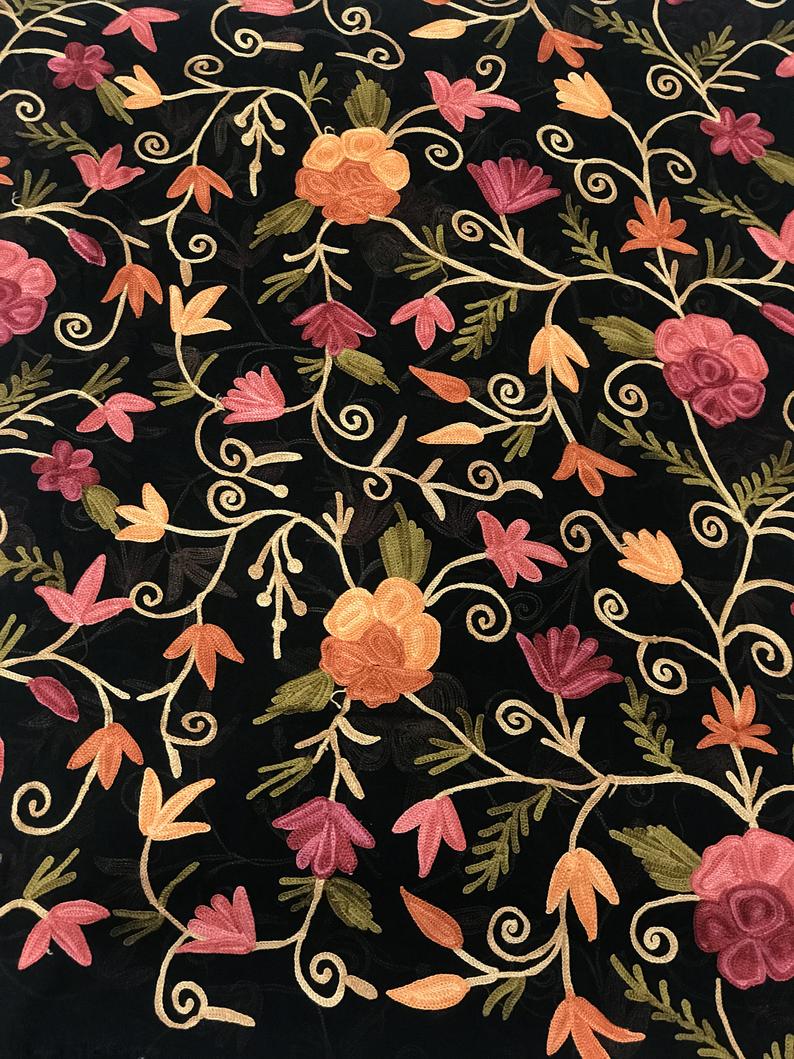The Middle East is a colorful world of Arabic clothing for men and women. This has been a complex reality for thousands of years, and local traditions and Western culture have come together in the Middle East. When you think of Middle Eastern clothing, are long white dresses and black hijabs the only things that come to mind? Stay with us. Maybe it's time to know that everyone wears T-shirts!! Although western culture has deeply influenced the clothing of Arab countries, traditional clothes can still be found in some places. In this article, we discuss some of the most common misconceptions about Arabs and their clothes. We describe the details of traditional clothes worn in different countries, from Morocco to Oman. We also show you how the smallest clothes change from country to country. Factors influencing Arabic clothing: age, social class, place of age and place of residence make a big difference in wearing clothes in the Middle East. Younger people tend to wear western clothes and use their traditional clothes only for special occasions such as weddings, religious festivals or religious ceremonies. Older generations are often seen wearing traditional Arabic clothing. However, urban dwellers pay more attention to the latest fashion trends and popular brands. And in smaller cities and rural areas, people prefer traditional clothing because of the comfort and protection it provides against sun, wind and sand. The third key factor is a person's social class. Western designer clothes are fashionable among the middle and upper classes, classic dresses and closed dresses are easily found in traditional neighborhoods. Of course, this can be true for some countries in the Levant and North Africa, but the standards change for the Gulf countries, where all men and women wear the same clothes. In Persian Gulf countries, the quality and style of design of “Abba” reveals one's social class and position, not wearing western brands. Arab Dress Stereotypes Before talking about the details of each country's dresses, we must dispel some misconceptions about Middle Eastern dress and also introduce the basic terms of Arab dress fashion. 1) All Arab women wear hijab. This saying is wrong for two reasons: a. Some Muslim women choose to wear hijab and some leave their hair uncovered. Like Iranian women. B. Some Arab women are Christian or Jewish and therefore may not follow the dress code. 2) Hijab is a scarf. However, the term hijab is a word used to describe a scarf used by many Muslim women, and the word hijab refers to a short veil that wraps around a woman's head. But hijab is a general term to describe limited clothing that covers hair and head. 3) There is only one type of hijab. No, the term hijab includes an impressive variety of scarves that come in different shapes, lengths, and fabrics. There are different types of hijabs, and women wear them as a religious or cultural sign and to express belonging to a certain society, and some consider it an important fashion. Hijabs come in different styles and colors, and women wearing hijab (Mohjabet in Arabic) are always up-to-date with the latest trends, just as western women know whether a dress is stylish or not. An example of how hijab fashion has changed is the so-called “gamboa”, which can literally be translated as “camel's hump”. Around 2008, it was fashionable when women wore voluminous hijabs using a clip with a giant plastic flower (gamboo'a) under the headscarf – the very same clip. It soon became fashionable, especially in the more trend-friendly country of the region, the UAE. However, by 2011 it was out of fashion. Here are the four main types of hijab: Shayla: A one-piece hijab, which consists of a long scarf that is wrapped around the head and pinned under the chin and rests gently on the shoulders. It is usually worn over a matching colored hat that helps to maintain the hijab. The brim of the hat may or may not be shown depending on the woman's preference. This is the most common type of hijab, especially in the Persian Gulf countries (except Saudi Arabia). Al-Amira: Two-piece hijab. It is simple to wear and consists of a hat and a tube scarf that is worn on top. The main difference between Shayla and al-Amirah is the shape of the scarf (rectangular for Shayla, tubular for al-Amirah) and the headgear (hidden or slightly visible in the former, while a significant part of it is exposed). It can also be seen in the Middle East, even though it is more common in the Muslim community of Southeast Asia. Niqab: A face veil that is usually worn with a scarf and tied behind the head. It only creates space for the eyes, some women even add an eye patch that allows them to see without revealing their eyes. It is not unusual to see the niqab in North Africa or Syria, but it is more commonly used in Saudi Arabia. Khamar: A long hijab that covers the head and chest up to the waist. The face remains uncovered. It is not as popular as the previous types of head covering. Still some women wear it in their daily life. 4) Most Arab women wear a burqa. Not entirely, and you'll see why. Burqa is an Arabic dress that is characteristic of Pakistan and Afghanistan. The Taliban regime imposed the burqa, and it is not preferred in the Arab world, even though some countries, such as Yemen, have their own version of the burqa (or burqa), which differs from the Afghan model.




